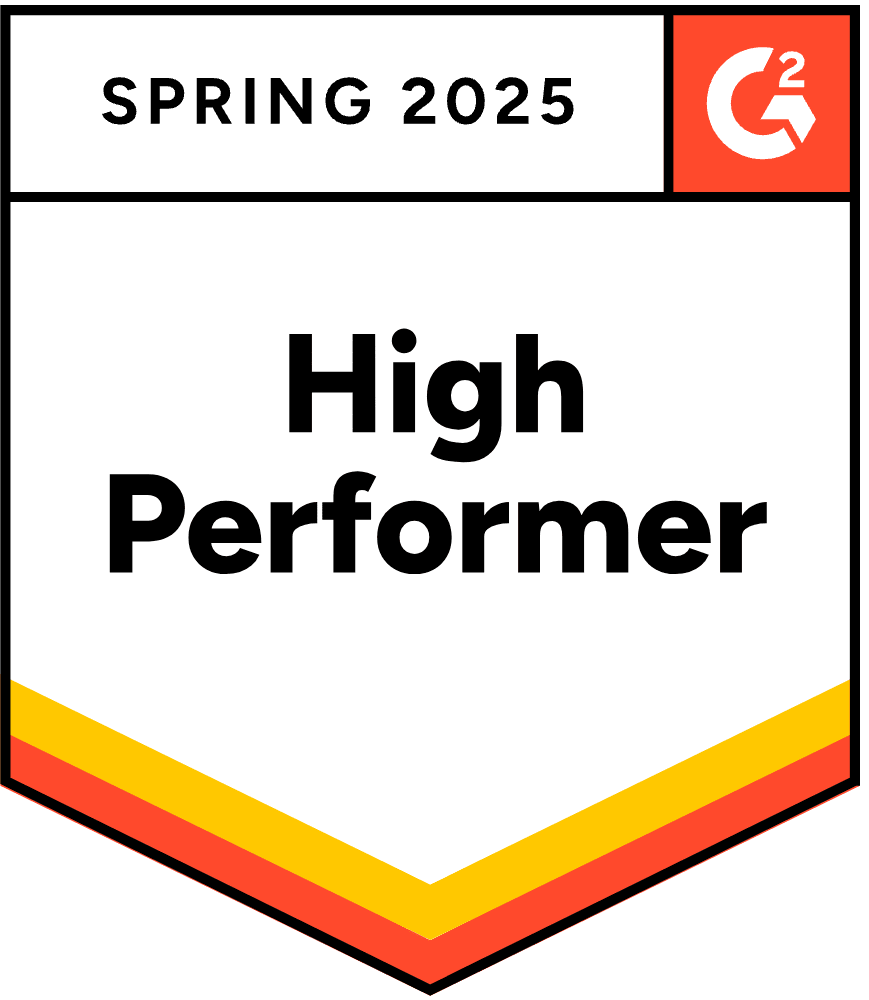7 Successful Strategies for Conversion Rate Optimization
Having a high volume of targeted traffic to your e-commerce website is crucial as an online business. However, that is never enough since you need to convert this traffic into customers. With a 2.04% average e-commerce conversion rate, it is essential to consider factors contributing to the conversion. Fortunately, conversion rate optimization (CRO) provides an opportunity to develop effective strategies to convert targeted traffic into shoppers for growing e-commerce websites.
With conversion rate optimization, online businesses can achieve meaningful growth and better results, especially with a growing number of online shoppers. So, how do you create successful strategies for conversion rate optimization for your e-commerce website? Read on to find out.
What is Conversion Rate Optimization?
In a nutshell, conversion rate optimization (CRO) involves tactics to optimize your e-commerce website to attract more sales. It is implementing effective strategies for different pages, including the checkout, search bar, and lead capture forms. E-commerce conversion rate optimization helps get more shoppers through the funnel by encouraging them to add your products to their online carts.
CRO offers an effective way for your e-commerce website to convert more online shoppers into customers. Integrating CRO into your e-commerce website enables you to achieve the following;
- Encourage more sales: It is the main goal of implementing CRO strategies since it improves your conversion rates depending on your strategies.
- Saves money: CRO is among the most affordable growth strategies for e-commerce websites looking to reach greater heights with online businesses.

7 Top Conversion Rate Optimization Strategies for Your E-commerce Website
It is critical to set and test the correct hypothesis when creating your CRO plan. However, there are ways to improve your conversion rate and get your customers’ attention. That said, here are seven proven ways to develop a successful conversion rate optimization strategy.
Improve Site Search
A search bar is an integral feature of website usability and navigation, allowing customers to find what they need more efficiently, increasing the chances of conversion since shoppers have a more straightforward way of finding the information they are looking for. Optimizing your search bar increases the conversion to up to 4.63%, compared to most sites’ average rate of about 2%.
Provide Discounts and Offers for Visitors
Marketers usually incorporate tested, proven, and safe methods to create captivating ads for a successful marketing campaign. Adopting new, unique, and incredible discounts and offers effectively makes a successful conversion rate optimization strategy. Suppose you are a software vendor considering a free trial to prospects is an example of a safe marketing approach to maximize conversion. Besides, it allows you to have a proactive approach that gives visitors what they need, increasing the chances of converting them into leads.
Optimize Your E-commerce Website for Mobile
With 67% of global online retail traffic generated through mobile in 2020, it suggests that more online shoppers are using their mobile devices to make purchases online. Besides browsing, Statista indicates that 5.7% of American online shoppers are using their mobile devices to make purchases across 250 retail brands, compared to 3.9% of shoppers using desktops.
Hence, optimizing your e-commerce website for mobile enables mobile shoppers to make more purchases using their devices since most buyers are now using tablets and mobile phones. More so, it allows mobile and desktop shoppers to view your products more conveniently, decide what to buy, and make a purchase.
Optimize and Test Your E-commerce Checkout Process
Too long, unconventional, and tedious checkout processes can significantly affect your e-commerce website conversion rate. Most customers require seamless and straightforward checkout processes and could quickly abandon their carts if your checkout is too long or complicated. Although there are industry-specific standards for hosted e-commerce platforms, using conversion rate optimization strategies to adjust and test your e-commerce checkout process can increase conversion rates on your e-commerce website.
It is a crucial step in the funnel, where you can use your A/B tests and personalization strategies to modify your e-commerce checkout process. For instance, you can create an optimized checkout out-of-the-box on a single page. The page should entail a few dropdown menus, including a relentless view of the products on the cart.

Influence and Persuade Users with Social Proof
Providing social proof promotes authenticity, credibility, and relevant information about your products or services without invoking a sense of urgency. Besides, what your customers say about your products matters to potential buyers. For instance, having positive reviews from customers makes you feel confident and more likely to convert more visitors to leads.
Social proofing includes decorating your website with customer testimonials, reviews, and quotes that influence visitors and persuade them to take action. Generally, it makes them more likely to go through the funnel since they are confident about your brand and offerings. In addition, if you have awards and accolades, incorporate them into the website to prove dominance in your industry.
Provide Personalized Shopping Experiences
If your online business targets a wide area or serves different groups regardless of age or gender, having a personalized shopping experience is crucial. E-commerce personalization plays a critical role in increasing conversion rates on your e-commerce website. According to Epsilon research, about 80% of online shoppers will likely purchase provided they get personalized experiences.
For instance, you can include geolocation targeting in your e-commerce website to display products based on customers’ currency or local language. Homepages can also display based on gender and age of shoppers, allowing them to purchase what they need. An effective CRO strategy lets your e-commerce website convert more visitors into prospects or customers.
Use an AI-Powered Sales Assistant
Digital businesses require effective conversion rate optimization strategies to convert more visitors into leads on their websites. An AI-powered sales assistant helps customers along their buying journey and across all funnel steps, such as help in finding their right product, navigation, and checkout. In addition, it can give social proof by telling visitors about the reviews that each product has.
Sign up and create an account with Rep to unlock the potential of having an AI sales assistant selling to customers and lifting conversion rates on the website.
Quick Answers and Applications
How can heatmaps and analytics tools enhance user behavior understanding to improve your e-commerce conversion rate?
Heatmaps and analytics tools provide critical insights into user behavior that can significantly improve your e-commerce conversion rates. With the average e-commerce conversion rate hovering around 2.04%, understanding how visitors interact with your site is essential for identifying optimization opportunities. These visual and data-driven tools reveal exactly how users navigate your store, where they engage, and where they encounter friction in the purchase journey.
Strategic Application
To effectively leverage heatmaps and analytics for conversion optimization:
Visualize User Engagement Patterns
- Use click heatmaps to identify which elements attract attention and which critical CTAs are being overlooked
- Analyze scroll maps to determine how far users explore your pages and where they typically abandon their journey
- Compare heatmap data across devices to ensure consistent engagement patterns on both mobile and desktop
Identify and Eliminate Friction Points
- Monitor session duration metrics to pinpoint pages where users spend insufficient time to complete desired actions
- Analyze bounce rate data alongside heatmaps to understand why visitors leave specific pages prematurely
- Track mouse movements that indicate confusion or hesitation, particularly in checkout and product selection areas
Segment User Behavior by Traffic Source
- Create separate heatmap analyses for different traffic segments to understand varied behavior patterns
- Compare conversion paths of high-performing versus low-performing customer segments
- Identify which elements resonate most with your highest-value customer segments to prioritize optimization efforts
Implement Data-Driven Optimizations
- Use heatmap insights to inform strategic A/B tests focused on improving engagement with key page elements
- Redesign page layouts to place critical conversion elements in areas with highest user attention
- Create personalized experiences based on observed behavior patterns of different user segments
How do customer reviews and trust signals influence customer experience and boost ecommerce conversion rates?
Customer reviews and trust signals significantly boost ecommerce conversion rates by building credibility and enhancing the overall shopping experience. Products with reviews can see conversion rate increases of up to 270%, while trust signals like security badges and transparent return policies directly address customer concerns about online shopping safety and reliability. Implementing these elements strategically throughout your customer journey transforms hesitant browsers into confident buyers.
Strategic Implementation
To effectively leverage reviews and trust signals for conversion optimization:
Strategically Position Customer Reviews
- Place reviews prominently on product pages where they directly influence purchase decisions
- Implement star ratings in search results and category pages to boost click-through rates
- Feature review snippets in marketing materials and email campaigns to extend their impact
Deploy Trust Signals at Critical Decision Points
- Display security badges and SSL certification during checkout to reduce abandonment
- Highlight your return policy on product pages to address purchase hesitation
- Feature payment security icons near call-to-action buttons to build transaction confidence
Create a Social Proof Ecosystem
- Integrate customer photos and user-generated content to provide authentic visual validation
- Display real-time purchase notifications to create urgency and demonstrate popularity
- Show review counts and aggregate ratings to establish product credibility
Actively Manage the Review Experience
- Respond to both positive and negative reviews to demonstrate engagement and accountability
- Highlight specific product benefits mentioned in reviews to reinforce value propositions
- Segment reviews by customer type or use case to help shoppers find relevant feedback
Customer reviews and trust signals work together to create a compelling customer experience that addresses concerns before they become objections. By implementing these elements throughout your site, you transform anonymous visitors into confident buyers who trust your brand enough to complete their purchases.

%20(500%20x%20500%20px)%20(26).png)
%20(500%20x%20500%20px)%20(23).png)








